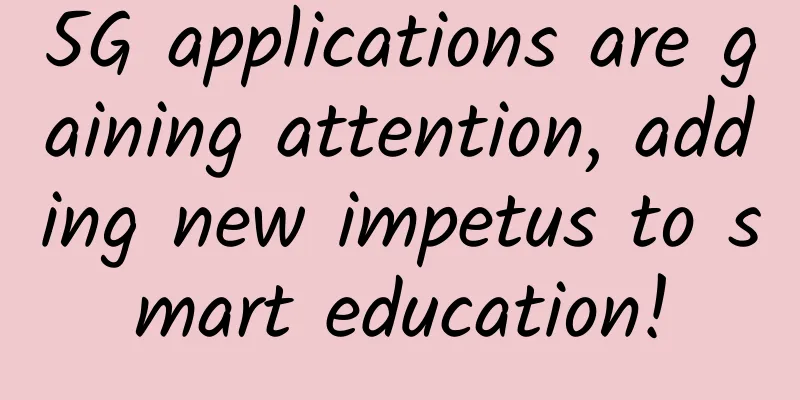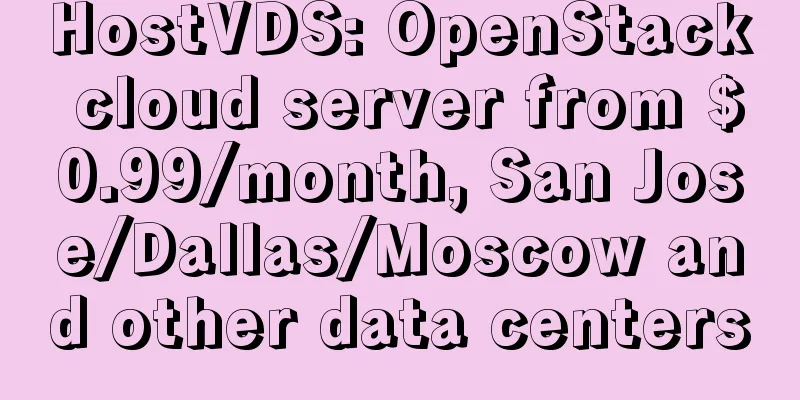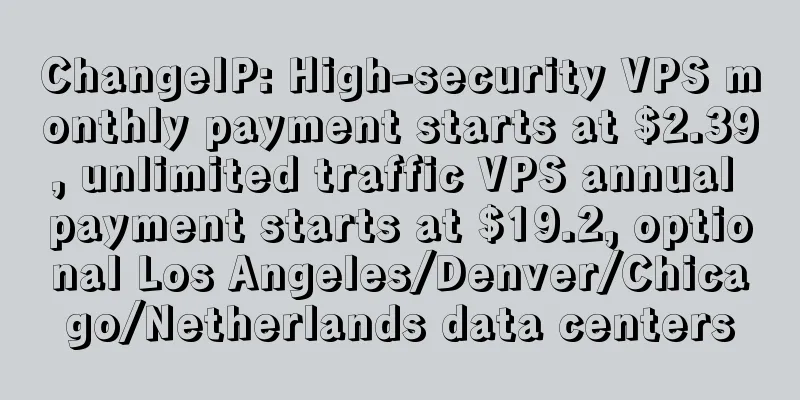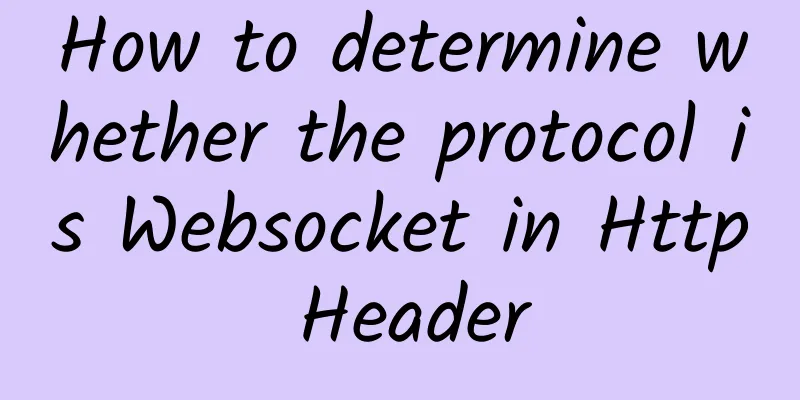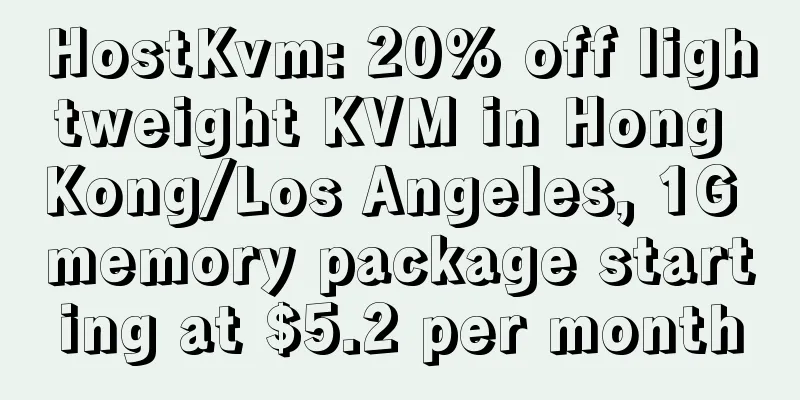Web3.0 Technology: Unlocking the Future of the Internet
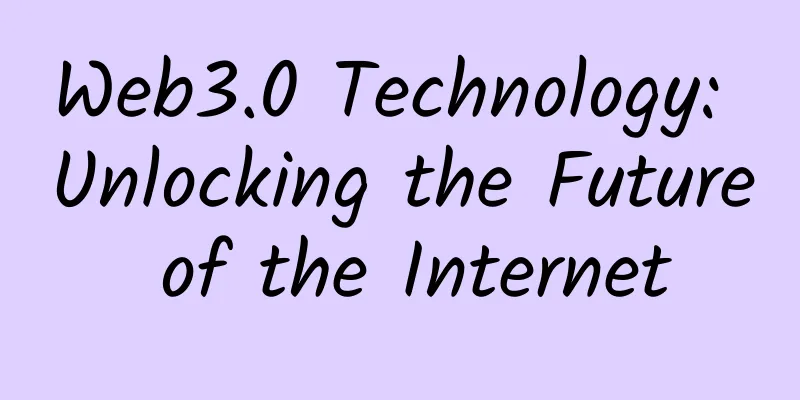
|
The Internet, the dynamic force that has reshaped our world over the past few decades, is once again on the brink of transformation. The emergence of Web 3.0, often referred to as the “Semantic Web,” promises to take the Internet to new heights by enabling machines to understand and interpret information for more advanced human-computer interactions. Unlike its predecessors, Web 3.0 goes beyond user-generated content and social networks to focus on collaboration, knowledge sharing, and personalized experiences. While the transformation is still ongoing, it is laying the foundation for a revolutionary shift in the digital landscape. Understanding Web3.0Web3.0 represents the next stage in the evolution of the Internet. It goes beyond the user-centric approach of Web2.0 and brings about a paradigm shift in the way we interact with information. It is important to note that the transition to Web3.0 is gradual and we are currently at a stage that can be called Web2.5. Not all websites or businesses have fully embraced the decentralized ethos of Web3.0. To understand the difference, let's look back at early iterations of the web. Web 1.0 focused on providing information to users, essentially building a digital library. Web 2.0 introduced the concept of user-generated content and knowledge management, which led to social media and collaborative platforms. In contrast, Web 3.0 is centered around decentralized control, enabling users to own their data and interactions on the internet. Web3.0 Key TechnologiesSeveral breakthrough technologies are underpinning the transition to Web 3.0, driving its potential to reshape the digital landscape.
Impact and Challenges of Web3.0The transition to Web 3.0 brings both far-reaching implications and urgent challenges. Influence
challengeData Privacy and Security: As data sharing and collaboration increase, protecting data privacy becomes critical.
Web3.0 marks the arrival of a transitional era driven by technologies such as blockchain, artificial intelligence, and the Internet of Things. As the Internet evolves into an intelligent, integrated system, addressing challenges and unlocking potential are critical to shaping the future of information, technology, and human interaction. As we stand on the cusp of this new digital frontier, embracing Web3.0 technologies promises to reshape our world once again, revolutionizing the way we connect, collaborate, and innovate. |
<<: IoT and 5G: Transforming Public Transportation Systems
>>: Traefik Enterprise Practice: TraefikService
Recommend
Can Huawei reshape the Internet?
[[320457]] This article is reproduced from Leipho...
Jack Ma: Who you will be in 18 years is decided today
[51CTO.com original article] The World Internet o...
Huawei's Hou Jinlong: Grow together with global developers and win together in the new era of computing
On March 27, at the Huawei Developer Conference 2...
Choosing a PoE Standard for Your Design: PoE, PoE+, and PoE++
Power over Ethernet standards have important diff...
The road to communication - what do bridges, gateways, switches, and routers mean?
In network communications, there are several very...
Working together to develop and forge ahead, Fuqianla officially released its 2018 strategic plan
On December 12, Fuqianla, an Internet financial c...
What the hell is cross-domain? Do you understand?
[[433686]] Cross-domain is a common topic. Recent...
Http protocol: Under what circumstances does an options request occur?
background: A new colleague asked me that there w...
Tencent Cloud Light 1C2G3M annual payment 83 yuan, Hong Kong Light 1C1G30M annual payment 298 yuan, new and old users are welcome
Tencent Cloud's Double Eleven event is still ...
Five steps to modernize your enterprise network
The business value of the network has never been ...
H3C iMC leads the Chinese network management software market for three consecutive years
Recently, International Data Corporation (IDC) re...
TmhHost special package 4G memory 388 yuan/year, Los Angeles CN2 GIA/AS9929/Japan Softbank optional
TmhHost currently offers several special annual p...
iWebFusion: 1Gbps server starts at $49/month, 10Gbps server starts at $149/month
iWebFusion (or iWFHosting) is a foreign hosting c...
Which Ethernet (Cat5, Cat5e, Cat6, Cat6a) cable should I use?
Not all Ethernet cables are created equal. What a...
Things about UDP protocol
UDP (User Datagram Protocol) protocol, translated...

